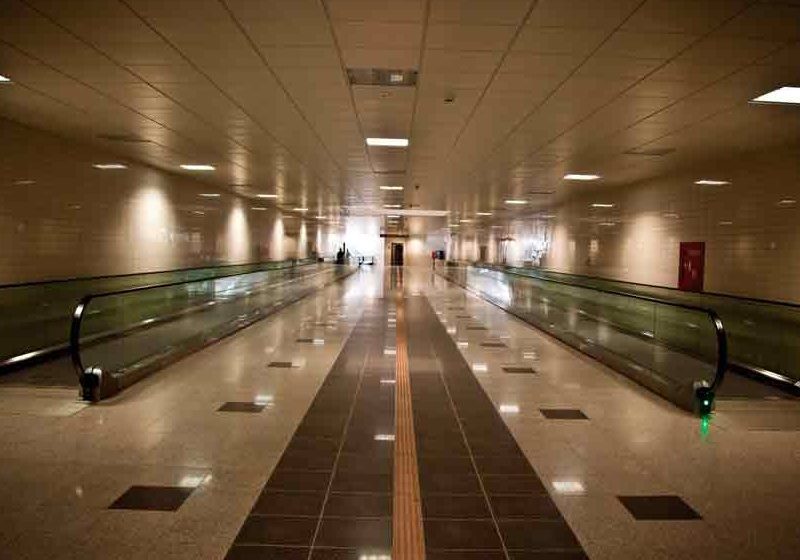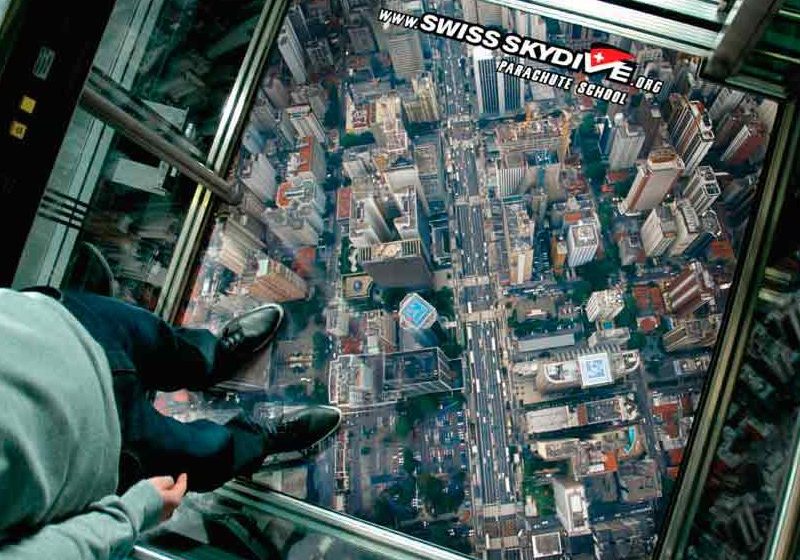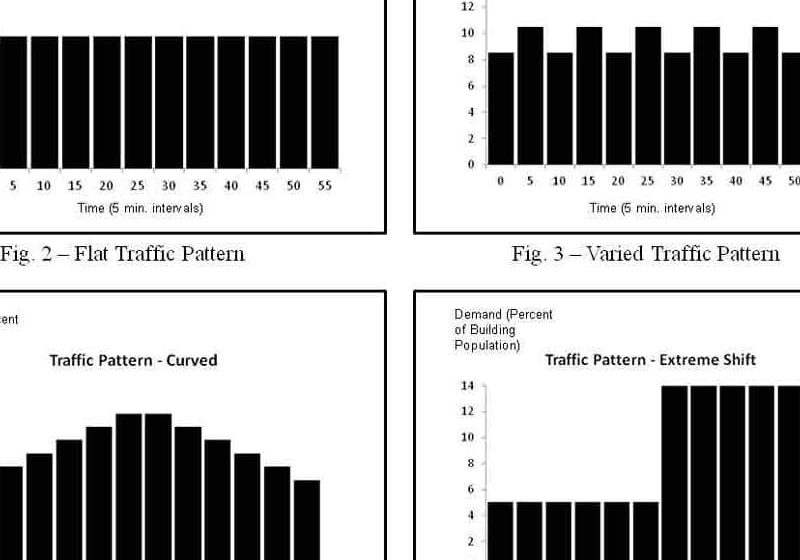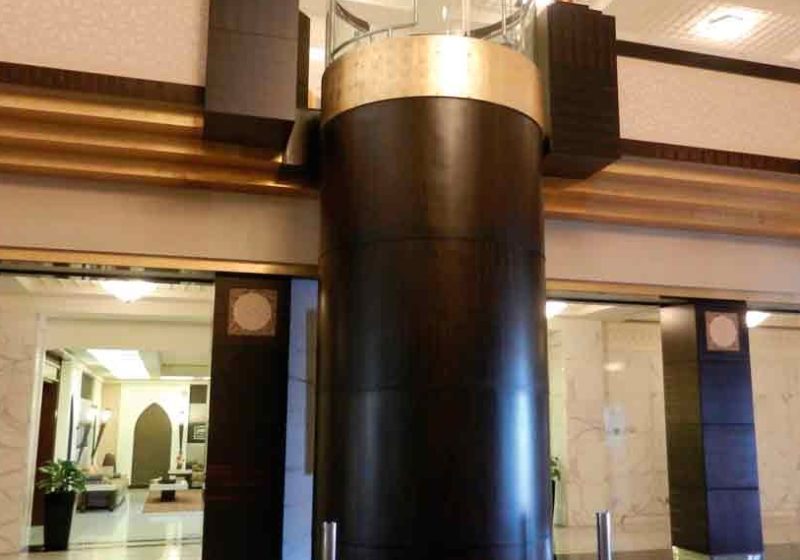CTBUH 9th World Congress “Asia Ascending: Age of the Sustainable Skyscraper”
Jan 1, 2013
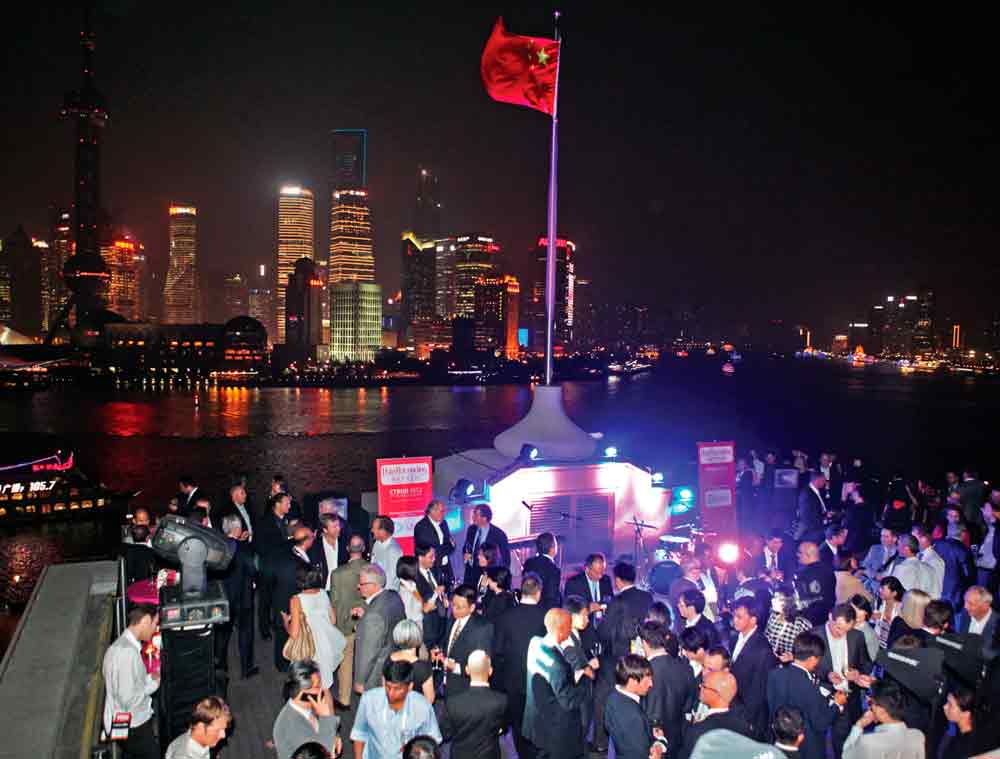
The Council on Tall Buildings and Urban Habitat (CTBUH) event features vertical- transportation sessions by industry leaders.
The Council on Tall Buildings and Urban Habitat (CTBUH) held its 9th World Congress in Shanghai, China, on September 19–21, 2012. The venue was Shanghai’s Jin Mao Tower, one of the tallest buildings in a city filled with extraordinary skyscrapers. More than 800 engineers, architects, developers, industry representatives, academics and students gathered to listen to presentations, examine new products in the exhibition hall, and meet old and new colleagues at the various social events. The congress featured eight keynote or plenary lectures and 84 presentations grouped by topic into 24 sessions, which included two sessions devoted to vertical transportation.
“Vertical Transportation I” was chaired by Richard Pulling (director, Otis) and featured three presentations: “People Flow Solutions to Enhance Building Performance” by Johannes De Jong (director of Technology, KONE), “Transit Care, an Opportunity for Multifunction Tall Buildings” by John Mizon (vice president of New Technology Division, Schindler) and “Skytrak – An Elevator System for the 21st Century” by Adrian Godwin (chairman, Lerch Bates Ltd.). “Vertical Transportation II” was chaired by Robert Boog (Product Line manager Asia Pacific, Schindler) and also featured three presentations: “Advancements in Tall Building Vertical Transportation Design” by George von Klan (founding partner, GVK Elevator Consulting Services, Inc.), “Elevator Destination Dispatching – A Revolution in the Making” by James Fortune (president/principal, Fortune Shepler Consulting) and “Mitsubishi Elevator Equipment in Shanghai Tower” by Masahiro Kubota (manager of Overseas Sales Engineering, Mitsubishi Electric Corp. Inazawa Works).
Four of the six presentations either focused on or substantially addressed what Fortune described as “a revolution in the making”: destination dispatch. Two of the presentations were industry specific – De Jong discussed KONE’s Destination Control System, and Mizon presented Schindler’s Personal Occupant Requirements Terminal system. Von Klan and Fortune offered broad analyses of destination-dispatch systems and related concepts, challenges and opportunities. There was little doubt this system of elevator access and traffic control is perceived as a critical paradigm shift that will define elevator use and development in the first quarter of the 21st century. In many aspects, these presentations echoed the ideas expressed in similar papers given at Elevcon USA (ELEVATOR WORLD, August 2012). A common feature was their discussion of advanced, computer-driven traffic-analysis methods that demonstrated destination dispatch’s promised efficiencies. Interestingly, there was very little discussion of how these systems had been perceived and received by users when they were first introduced, what problems had been encountered, how they had been resolved, and whether people actually liked this new means of accessing vertical transportation.
Godwin’s presentation focused on a proposed new elevator system, Skytrak, which was offered as an effective realization of “the dream” of having multiple passenger elevators traveling in a single shaft, while at the same time eliminating the need for cables and counterweights. The system employs a curving elevator shaft that arcs through a building with the overall design resembling, in essence, a highly refined version of the system designed for the Jefferson National Expansion Memorial in St. Louis (ELEVATOR WORLD, June 2006).
Masahiro Kubota’s presentation was delivered by Jack Qiao of Mitsubishi Electric and provided a thorough explanation of the elevator system designed for the Shanghai Tower. The building is currently under construction and has a projected height of 632 m, which will make it the tallest building in China. Its site is immediately adjacent to the Jin Mao Tower.
The “Sustainable Building Systems” session also featured a presentation on vertical transportation: “Articulated Funiculator and the Tubed Mega Frame” by Fritz King (business developer/structural engineer, Tyréns). This scheme, in many ways, represents a blending of an inclined elevator (funicular) with a paternoster and a subway train. The elevator consists of a series of cars linked together, which travel through the building in similar fashion to a paternoster in that the cars move both vertically and then horizontally as they transition between shafts. Finally, one of the papers included in the congress’ poster display (which featured 27 poster-size summaries of papers selected to be presented in this manner) focused on vertical transportation: “Electric Site Survey to Explore Elevator Parameters” by Tapio Tyni, Risto Kontturi and Pekka Perälä, (KONE). The written papers associated with the presentations and the posters have been published by CTBUH in Asia Ascending: Age of the Sustainable Skyscraper, edited by Antony Wood, Timothy Johnson and Guo-Qiang Li. The 912-page hardcover book includes English and Chinese versions of the papers, color illustrations and a DVD with digital versions of the papers.
Vertical-transportation industry members played an active role in the Congress through both the sessions and papers referenced above, and their support and active participation in the entire meeting. KONE, Schindler and Shanghai Mitsubishi Elevator Co., Ltd. were Gold Level sponsors of the congress, and KONE and Schindler also had displays in the exhibition area. Of the 800 Congress participants, 55 were associated with the vertical-transportation industry, representing five companies (KONE, Schindler, Otis, Mitsubishi Electric and ThyssenKrupp Elevator) and three consulting firms (Fortune Shepler Consulting, GVK Elevator Consulting Services, Inc., and Lerch Bates Ltd.). KONE had the largest congress contingent, with 23 of its affiliates registered. Last, but not least in the group of industry participants was your humble reporter and industry historian, who is delighted to have had the opportunity to visit Shanghai (for the first time) and who, as always, learned a great deal. This will doubtlessly be the case for attendees at the next CTBUH International Conference, which has been set for June 11-13 in London.
Best Tall Building Worldwide
by Lee Freeland
The Council on Tall Buildings and Urban Habitat (CTBUH) named Qatar’s Doha Tower the “Best Tall Building Worldwide” in October 2012. Also in the list of highly regarded finalists were Sydney’s 1 Bligh Street (ELEVATOR WORLD, December 2011) in the Australasian region; Absolute Towers in Mississauga, Canada, for the Americas region; and Palazzo Lombardia in Milan, Italy, for the Europe region.
In addition to height, the council’s jury panel looked for innovation, cultural significance and environmentally responsible design. According to awards chairman Richard Cook of Cook + Fox architects, the winning building’s aesthetic links to traditional and culturally significant architecture in Qatar made it both visually pleasing and functionally important. He explained:
“The skin of the building is a beautiful expression of the local culture, connecting this very modern tower with ancient Islamic designs. It also provides a fantastic pattern of light within the building, while efficiently dampening the heat gains internally of the sun’s rays.”
CTBUH Executive Director Antony Wood elaborated:
“Doha Tower is an excellent example of an efficient modern tower that is inspired by its local culture and setting. In an age of homogenized slick towers globally, Doha Tower is rooted to its place. This is not a nonspecific icon which you could drop into any city of the world.”
Wood also recognized the building’s clever internal use of reinforced concrete diagrid columns to eliminate a space-consuming central core.
Get more of Elevator World. Sign up for our free e-newsletter.


